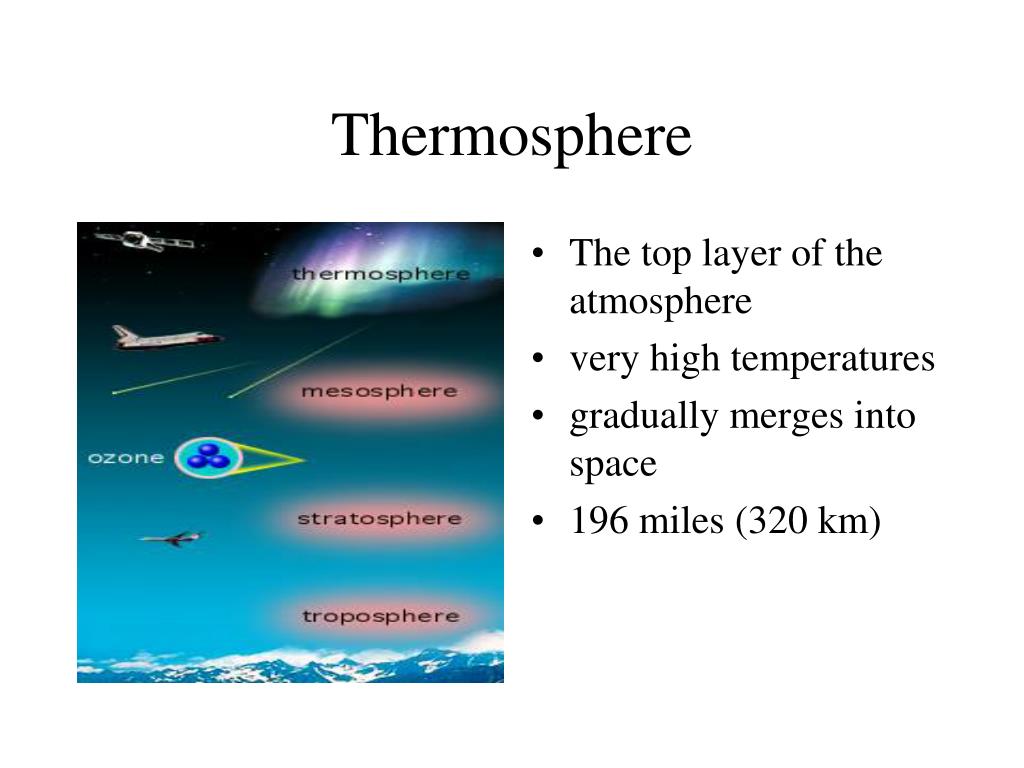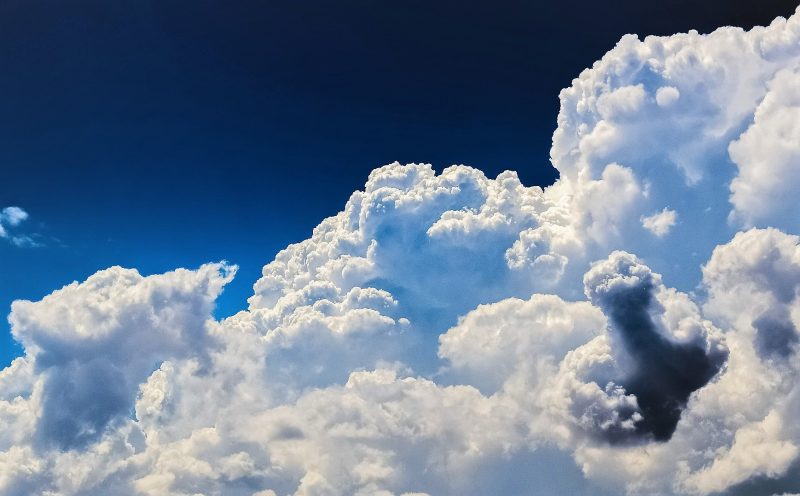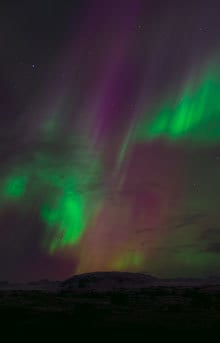

The stratosphere is very dry and clouds are rare. This is ideal for planes that can fly in this part of the atmosphere. Strong horizontal winds blow in the stratosphere, but there is little turbulence. The stratosphere extends from the tropopause, the upper boundary of the troposphere, to about 50 kilometers (32 miles) above Earth’s surface. Stratosphere The troposphere tends to change suddenly and violently, but the stratosphere is calm. Aircraft save time and money by flying in jet streams instead of the lower troposphere, where air is thicker.

Jet streams are extremely important to the airline industry. Fast-moving, high-altitude winds called jet streams swirl around the planet near the upper boundary of the troposphere. The atmosphere’s most abundant greenhouse gases are carbon dioxide, water vapor, and methane. The greenhouse effect is necessary for life on Earth. This layer also absorbs heat that is reflected back from the ground in a process called the greenhouse effect. Solar heat penetrates the troposphere easily. As altitude increases in the stratosphere, temperature actually increases. In the lower stratosphere, temperature stays almost constant. But data collected with weather balloons and rockets have showed this is not the case. Scientists used to think temperature continued to drop as altitude increased beyond the troposphere. This is why mountaintops are usually much colder than the valleys beneath. As air in the troposphere thins, temperature decreases. In fact, a helicopter was not able to land on Mount Everest until 2005. Thin air is also why helicopters have difficulty maneuvering at high altitudes. This is why mountaineers often use canisters of oxygen when climbing tall peaks. There are fewer molecules of oxygen at the top of Mount Everest, Nepal, for example, than there are on a beach in Hawai'i. Air in the troposphere thins as altitude increases. These weather systems lead to daily weather changes as well as seasonal weather patterns and climate systems, such as El Niño. Air masses, areas of high-pressure and low-pressure systems, are moved by winds in the troposphere. Clouds, from low-lying fog to thunderheads to high-altitude cirrus, form in the troposphere. Almost all weather develops in the troposphere because it contains almost all of the atmosphere’s water vapor. The top of the troposphere is higher in summer than in winter. On average, the troposphere extends from the ground to about 10 kilometers (six miles) high, ranging from about six kilometers (four miles) at the poles to more than 16 kilometers (10 miles) at the Equator. Troposphere The troposphere is the lowest atmospheric layer. The boundaries between atmospheric layers are not clearly defined, and change depending on latitude and season. Another layer, called the ionosphere, extends from the mesosphere to the exosphere. From the ground toward the sky, the layers are the troposphere, stratosphere, mesosphere, thermosphere, and exosphere. Earth’s atmosphere has a layered structure.

Solar heat, on the other hand, is necessary for all life on Earth. Ultraviolet radiation is harmful to living things, and is what causes sunburns. The atmosphere acts as a gigantic filter, keeping out most ultraviolet radiation while letting in the sun’s warming rays. The oxygen in today’s atmosphere probably took millions of years to accumulate. Later, more complex forms of plant life added more oxygen to the atmosphere. Photosynthesis is the process a plant or other autotroph uses to make food and oxygen from carbon dioxide and water.

THERMOSPHERE METEOROLOGICAL PHENOMENA FREE
Free oxygen may have been added to the atmosphere by primitive organisms, probably bacteria, during photosynthesis. Free oxygen consists of oxygen molecules not attached to another element, like carbon (to form carbon dioxide) or hydrogen (to form water). At that time, there would have been little or no free oxygen surrounding Earth. Scientists say many of the gases in our atmosphere were ejected into the air by early volcanoes. The atmosphere- air-is much thinner at high altitudes. The bottom 30 kilometers (19 miles) of the atmosphere contains about 98 percent of its mass. The atmosphere is so spread out that we barely not ice it, yet its weight is equal to a layer of water more than 10 meters (34 feet) deep covering the entire planet. Other planets and moons have very different atmospheres, and some have no atmospheres at all. Water vapor and dust are also part of Earth’s atmosphere. Nitrogen and oxygen account for 99 percent of the gases in dry air, with argon, carbon dioxide, helium, neon, and other gases making up minute port ions. We live at the bottom of an invisible ocean called the atmosphere, a layer of gases surrounding our planet.


 0 kommentar(er)
0 kommentar(er)
